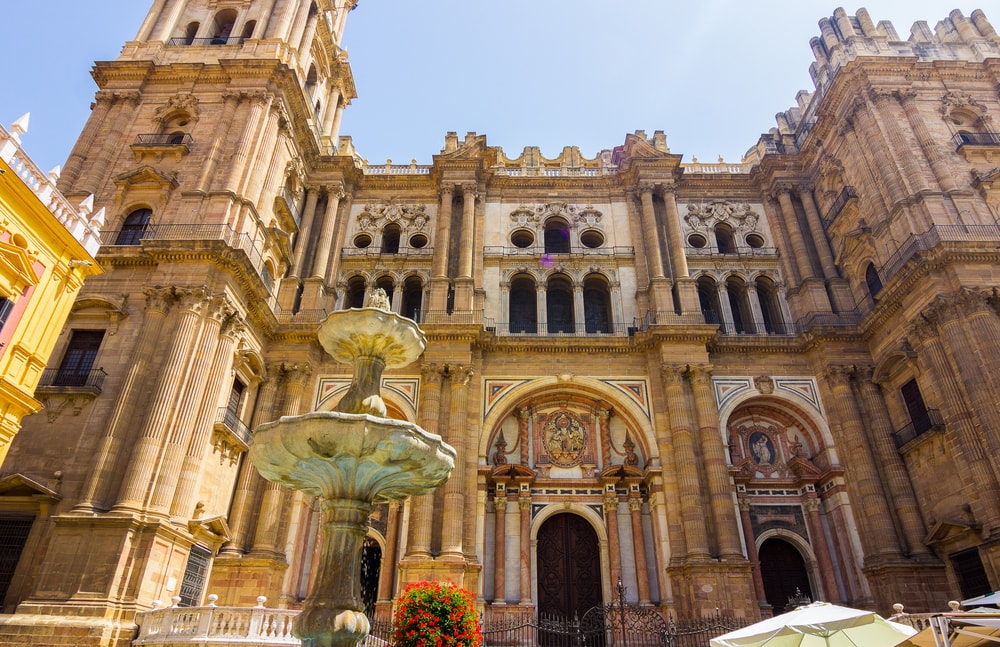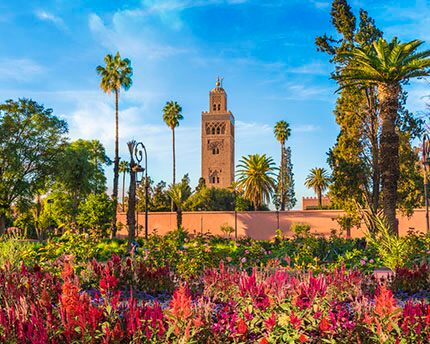Malaga Cathedral
Malaga Cathedral was built between the 16th and 18th centuries on the city’s Main Mosque, of which only the magnificent Patio de los Naranjos remained. When the Christians conquered Malaga in August 1487, they consecrated the then mosque and turned it into the Church of Santa María de la Encarnación, to which the Catholic Monarchs were especially devoted.
The renovations began in 1510 when the impressive Gothic façade was built. In the following years, the Cathedral was adorned with several chapels and altars of Baroque and Renaissance influence.
The Cathedral began to be used for worship only in 1768, although the towers and the decoration of the new chapels were still to be completed. The Napoleonic wars and lack of funds left the Cathedral incomplete, and it has remained so to this day.
Although its full name is Santa Iglesia Catedral Basílica de la Encarnación, the people of Malaga affectionately call it «La Manquita». This nickname is due to the lack of the second tower, which was in the original plans of the architect Diego de Siloé.
One version of the legend tells that the funds destined for the construction of the second tower were donated to the American War of Independence, while others affirm that they were destined for the more urgent construction of a highway that would connect Malaga with Velez-Malaga.
In any case, the construction of the Cathedral came to a standstill at the beginning of the 17th century, and the Cathedral has been left with «one hand» ever since.
Malaga Cathedral is the most famous monument in the city, visible from anywhere in the capital of the Costa del Sol. It is the highest Cathedral in Andalusia, and one of the most peculiar due to the absence of the one that was intended to be your second tower.
You cannot leave Malaga without visiting its cathedral. Both for its artistic contribution and for its beauty and symbolism, you will fall in love with the Cathedral of Malaga as soon as you enter its doors.



